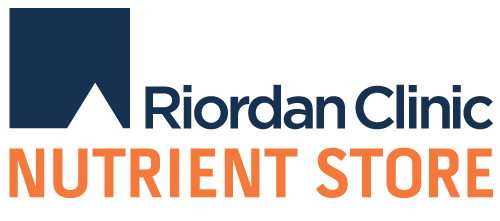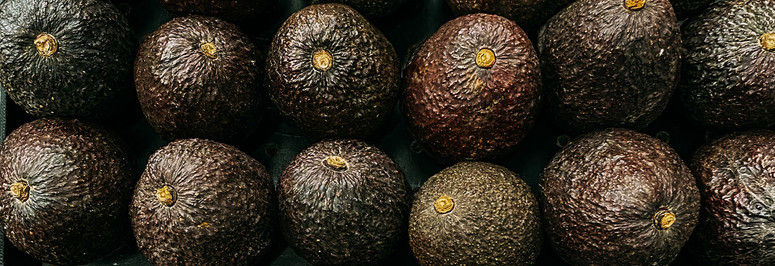Know Your Nutrients: Liposomal Glutathione
Posted by Amanda Hawkinson on Aug 17th 2013
What is Glutathione?
A naturally occurring protein (peptide), glutathione is made up of glycine, glutamine and cysteine. These amino acids act as an antioxidant and help with the body’s detoxification functions and are essential for neurological functioning. Labeled a “key antioxidant” because of its anti-inflammatory properties, glutathione helps prevent oxidative stress.
Why take Glutathione?
We have all heard of oxidation. This chemical mechanism is what causes rust in the outside world. Inside the body, it is referred to as oxidative stress because it causes damage to proteins that are essential for properly functioning cells and membranes. According to Redisorb (the manufacturer of our Liposomal Glutathione at the Riordan Clinic), “Oxidative stress refers to toxins produced inside the body (free radicals) and those from without, which are often caused by the environment (air pollution, heavy metals, cigarette smoke, radiation, drugs). Glutathione plays a critical role in defending cells against this oxidative stress. Therefore, a deficiency of glutathione plays a key role in aging and many disease states.”
Why Liposomal Glutathione?
The unique structure of liposomes helps to keep glutathione in its biologically active state. Whereas nutrients that are not in liposomes have to pass through the body’s digestive system to be metabolized and then released into the bloodstream (with this method many nutrients are destroyed or compromised by stomach acid, which means the body does not get much of the nutrients it needed, if any at all), the liposomes offer a rapid release into the blood stream because of their ability to penetrate
mucosal tissue.
Source: www.redisorb.com
Liposomal Glutathione Ingredients (NO Alcohol), Reduced l-glutathione, Purified water
Lecithin—The liposomes in ReadiSorb Glutathione are derived from lecithin. The lecithin is an extract of soy oil, not protein. Glycerin—Glycerin is used as a sweetener and preservative. It supports the stability of the liposomes and allows for the extended shelf life.
Glycerin is a normal product of fat metabolism and is readily converted to glucose for metabolism.
Potassium Sorbate—A natural material used as a preservative to prevent yeast and mold growth. It is a form of sorbic acid, a naturally occurring fatty acid which is easily metabolized in the body. Potassium sorbate is used to preserve wine, baked goods and cheese.

